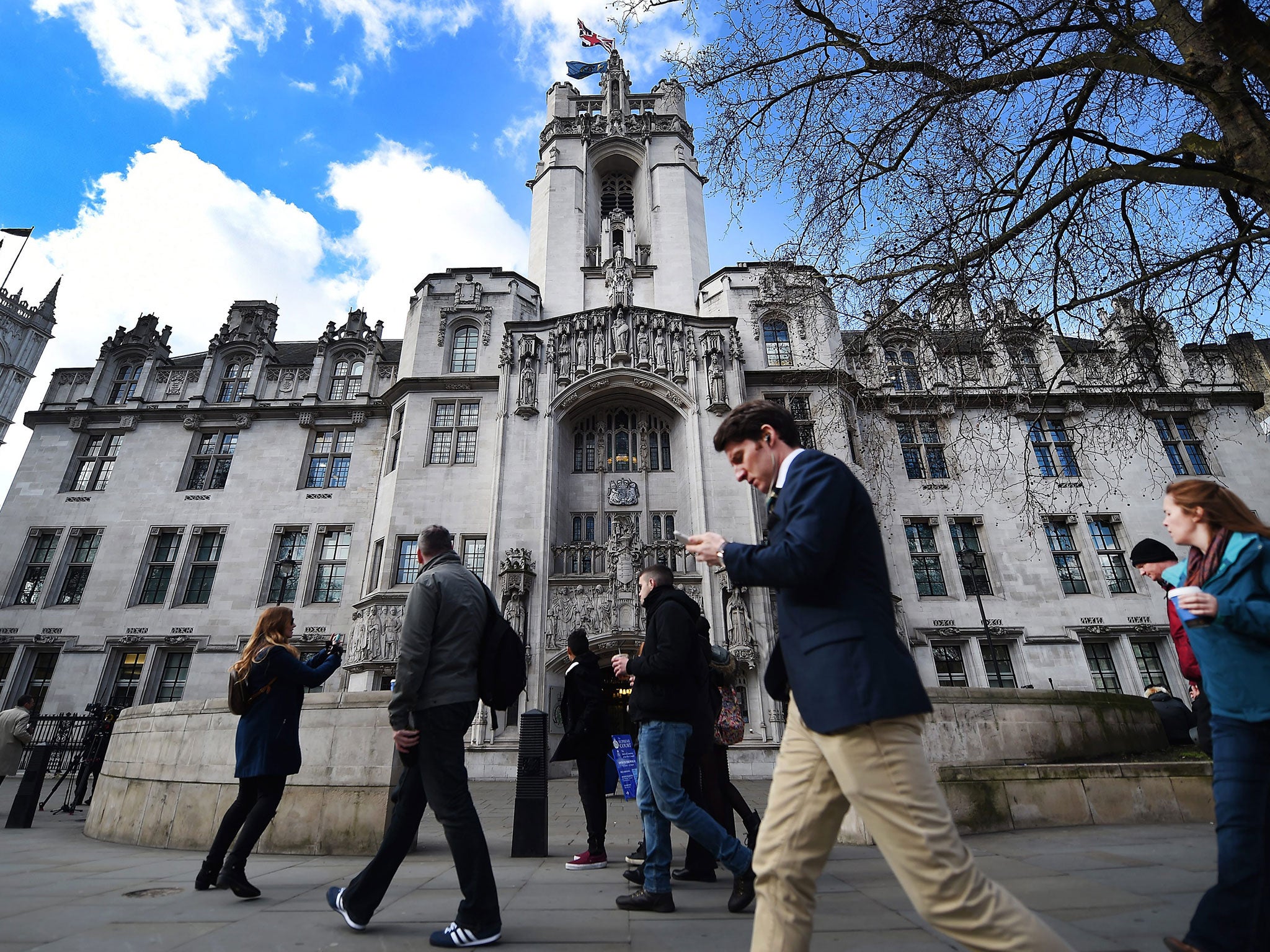Supreme Court ruling on joint enterprise means intention is now critical – not merely being there
It is still possible for secondary participants to be guilty of murder – but a conviction must be based on specific intentions

This Supreme Court ruling addresses cases in which more than one participant is involved in a single crime, and when just one of the group goes on to commit a second crime but it’s alleged the others “could reasonably have foreseen” it occurring.
A typical example is when a group begin carrying out an assault without any weapons, only for one member to then pull out a knife and fatally wound the victim.
The person who caused the death is guilty of murder, and nothing about the ruling has changed this. However, until now there had been no requirement for the other members to have that same murderous intention – or for them to do anything at all to actively assist the “killer” – for them to also be found guilty of the ultimate crime under the principle of joint enterprise.
If they could “reasonably foresee” the “possibility” that one person might kill or cause serious injury, that was enough.
This is a much lower culpability threshold than is applied to convict the person who actually carried out the fatal act, and was widely regarded as unfair. And the unanimous conclusion of the Court was that this principle, applied since 1984, was wrong.
The court explained that a jury should be left to decide whether or not the other people involved in a murder or assault intended to assist or encourage the main participant. Crucially, foresight should not by itself be seen as evidence of intention or guilt.
It is still possible for the secondary participants to be guilty of murder – but any conviction must be based on their specific intentions.
The judgment’s full impact will be felt in those cases yet to be tried. Previously decided cases will only be affected where the principle of joint enterprise was applied in the absence of any other evidence of assistance, encouragement or participation. In these circumstances, the secondary participants can still be guilty of murder if there is evidence of intent.
Sandra Paul is a criminal defence litigator at Kingsley Napley LLP
